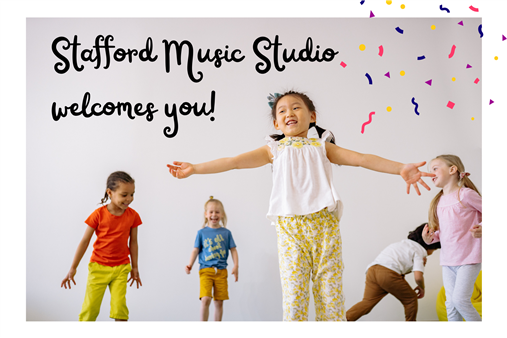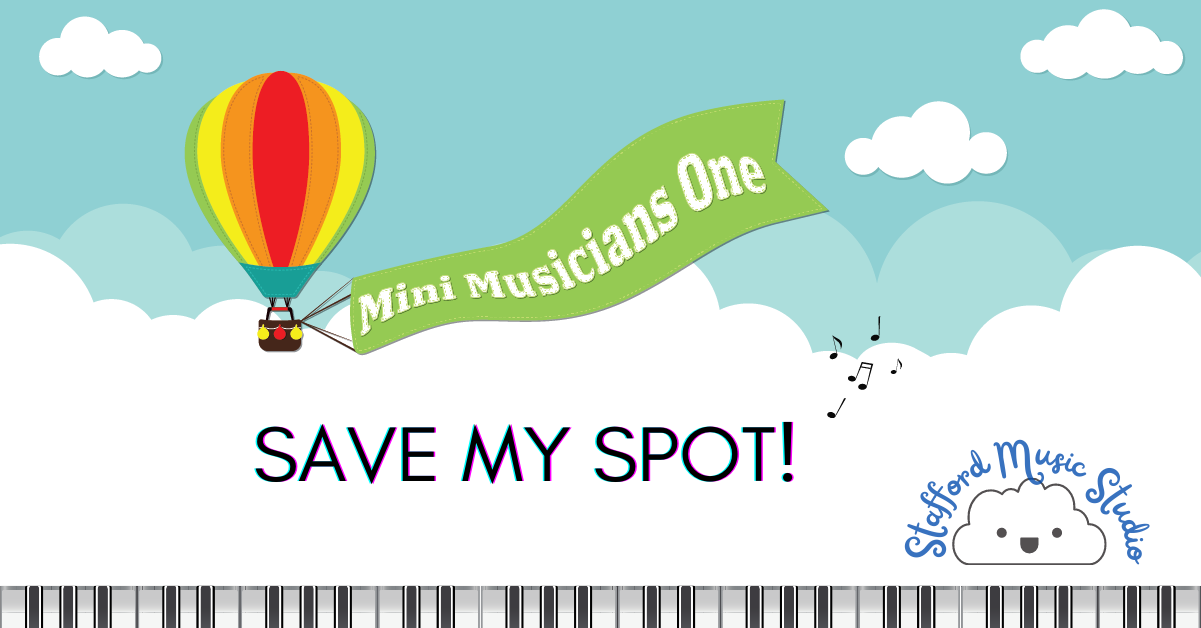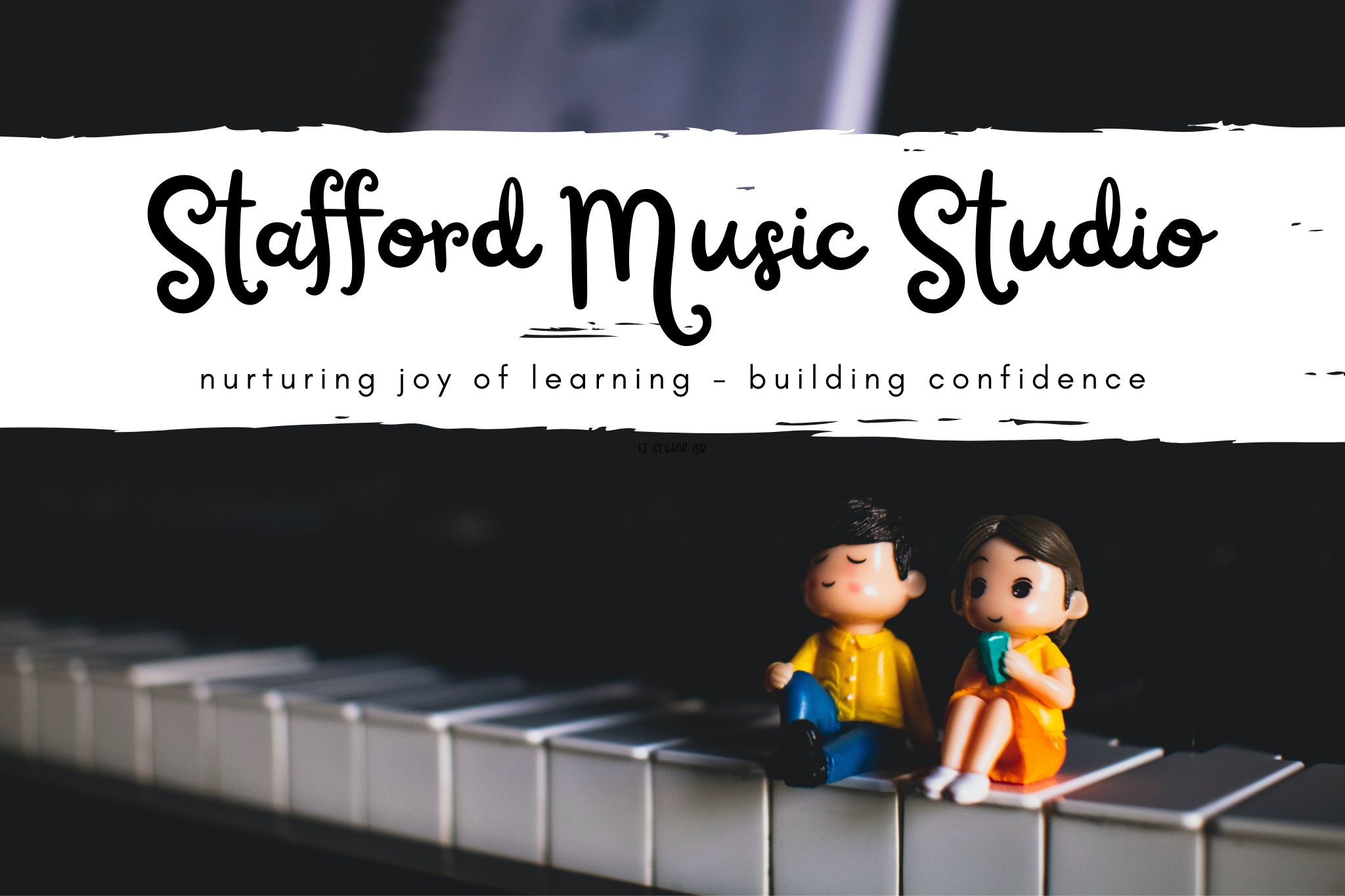
Music talent isn't inborn, it is nurtured: These words embody Dr. Suzuki's philosophy of "Every Child Can".
With the right support and opportunities, individuals can develop and excel in their talents, regardless of their natural abilities or background.
This page is a Waitlist form for those who would like to enroll in Stafford Music Studio's music lessons for young learners ages 3-5 years old. These lessons are taught with a focus on developing the skills on the specific instrument: Voice and/or Piano.
All children have a tremendous capacity to learn. Where love is deep much can be accomplished.
Music School Year 2023 - 2024
Preschool Voice Program 🎤
What do students learn in the Preschool Voice Program?
𝄞 Ear Training - Students match pitch at least within the octave of middle C to the C above, correctly identify and sing high and low, and raising and lowering pitches. Correctly sing and do motions of "Body Scale" steps Do, Mi, Fa, So, and La in both low and high voice/register. Repeat back short melodic sequences consisting of Do, Mi, Fa, So, and La on the Body Scale.
𝄞 Rhythm - Sing, clap, step, and/or play a percussion instrument along to the beat at variety of tempos. Accurately repeat short rhythmic sequences using rhythm syllables (ti, tah, and tah-ah)
𝄞 Sight-reading/Singing - "sight-read" a pictorially notated melodic phrase of solfege notes, and "sight-read" a pictorially notated rhythmic phrase in rhythm syllables.
𝄞 Technique - Demonstrate a basic understanding of "belly breathing", hiss, buzz/trill and sing an open vowel for at least 10 seconds on a single pitch. Buzz/trill and sing an open vowel in a rising and falling siren of at least an octave. Begin to be able to sing in both high and low voice/register. Posture and body alignment appropriate for most efficient use of the singing instrument (release of muscle tension, effective and efficient access of the source of energy for singing)
𝄞 Musicianship - Creating a beautiful tone with accurate pitches and rhythm
𝄞 Performance - Do actions and activities while singing them, perform solos for parents or friends.
Mini Musicians Pre-Piano Program 🎹
What do students learn in the Mini Musicians Pre-Piano Program?
𝄞 Aural - Students will be singing the full pentatonic scale in solfa with the jumps do-mi and mi-so. The vocal explorations include pitch and simple solfa exercises. This also includes listening for finding the beat, and coordinating the various actions. The songs included in this section are folk songs from all over the world.
𝄞 Rhythm - Students will meet the notes ♫ ♩ 𝅗𝅥 𝅗𝅥. 𝅝 𝄽 We work with these mostly through chanting, moving, and improvising. We will also be working on feeling the beat every week by marching/tapping knees, passing beanbags, and moving with scarves to the music.
𝄞 Theory - Students will learn piano geography and "build" the keyboard pattern, and the musical alphabet. We will also cover high and low, same and different, on the piano.
𝄞 Technique - Piano techniques that focuses on hand-shape and arm weight. Rather than rushing to use all the fingers, and creating tension and bad shape in the process, when we play specific notes, we will stick with just one finger from each hand so that students can use their whole arm in a more natural way. We do this with fingerplays and through "keyflops". Students will also be taught a good piano playing posture that sets the necessary foundation for future private lessons.
𝄞 Improvisations - exploring the full range of sounds at the piano to cover 2 different sets of "environments" though music (Forest Explorations and Ocean Explorations). Each set consists of 8 improvisation patterns and we will move through the two sets through the year, and create final compositions at the end.
𝄞 Star Songs - We build music reading skills with Star Songs. By working with letters and colors, students will be getting the best chance of success. The notation is similar enough to real notation that students can absorb important skills like reading from left to right, line-by-line, and the directionality of notes, but not so similar that it will become a crutch that they miss when they move to a more traditional book. A copy of this book is available for download in PDF format within the Student Portal.

